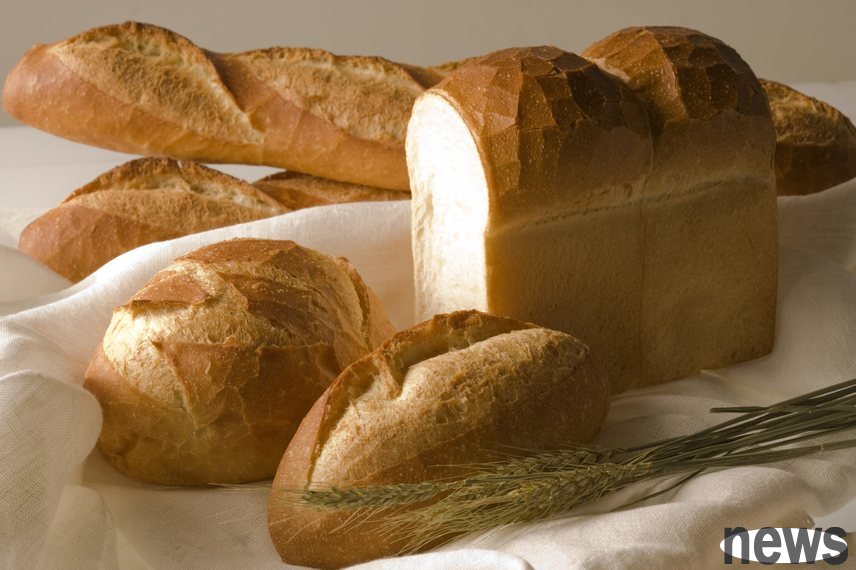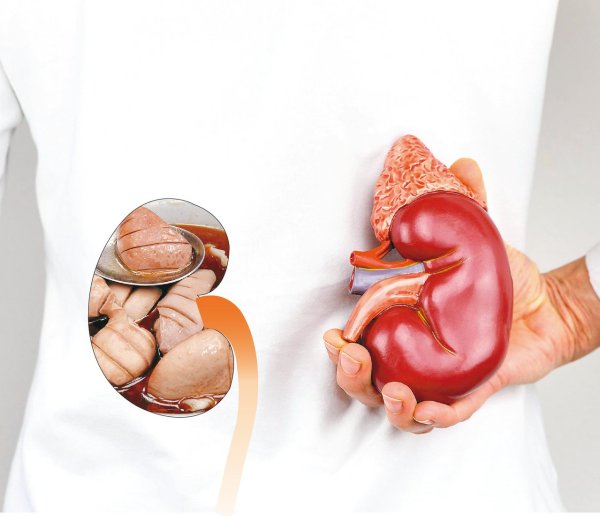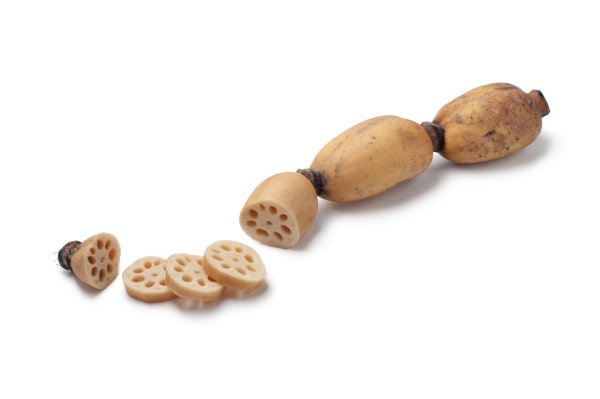Frozen and reheated bread has many benefits: reducing sugar, controlling appetite and helping intestinal health

According to the New York Post, a tip for reducing the calories of staple foods (such as rice and bread) has recently become a craze on TikTok, with many users saying it is more powerful than "the invention of sliced bread" and, miraculously, it does not require reducing food portions.
The trick, dubbed "Asian Mom's Secret" by one food lover, is to cook starch-rich foods (such as rice, bread, or potatoes), refrigerate or freeze them, and then reheat them for later consumption.
{99 9}Behind this approach, it actually involves a process called "starch retrogradation" (starch Retrogradation) chemical changes: When starch cools, the molecules rearrange to form a tighter crystal structure, allowing part of the starch to be converted into "resistant starch."
Although this method has little impact on total calories, it can help control appetite. Because resistant starch is difficult to absorb in the small intestine, it will enter the large intestine and be fermented by intestinal flora. It can not only delay the release of glucose and stabilize blood sugar, but also benefit intestinal health.
British surgeon Dr. Karan Rangarajan (screen name Dr. Karan Raj) is the advocate of this dietary strategy. He shared in the video, "If you freeze a piece of white bread, thaw it and then bake it, you can reduce its glycemic index by nearly half."
The glycemic index (Glycemic Index) is a measure of the impact of food on blood sugar. Dr. Raj added, "This is because the process produces more resistant starch, which acts more like dietary fiber and helps with intestinal health."
This tip works for a variety of complex carbohydrates, such as white bread, rice, pasta, potatoes, oats, and legumes (such as lentils and green beans). But it is not effective for simple carbohydrates such as desserts and candies.
According to Kristine Dilley, a registered dietitian at Ohio State Wexner Medical Center, "The calories of resistant starch are only a little more than half of that of ordinary starch. It contains about 2.5 calories per gram, while ordinary starch is about 4 calories."
However, she also reminded that when reheating starch-containing foods, you need to pay attention to food safety risks to avoid bacterial growth. It is recommended to refrigerate for at least 24 hours before reheating.
If you find this process too cumbersome and just want to save a few calories, you might consider switching to whole grains, sprouted grains, or sourdough bread as an alternative to white bread.
Canadian nutritionist Helen Tieu told Fox News this week, "Repeated heating and cooling, or long-term refrigeration, can indeed significantly increase the content of resistant starch in food, but the most important thing is still the overall diet. Including what kind of bread you choose, how much you eat, and what you eat it with."




